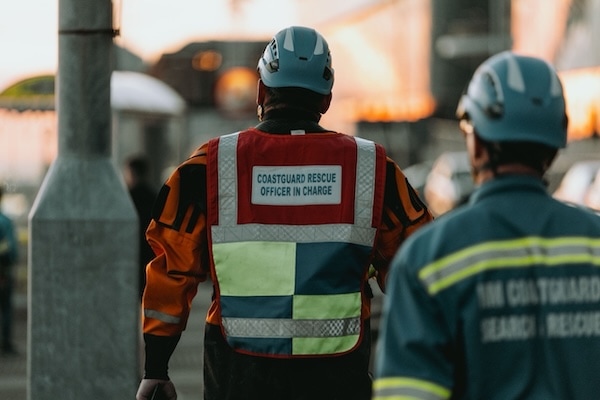According to the Bureau of Labor Statistics (BLS), the prevalence of injuries and illnesses in the slaughter and meatpacking industry is one of the highest among all industries. To reduce your risk of getting hurt or sick on the job, you must first identify and understand potential hazards, such as the following.
Hazard: Animals
Workers in the slaughter industry can be injured by animals when they are unloaded and brought into the plant. Incorrect stunning and slaughtering can result in unpredictable and violent reactions. The movement of carcasses, weighing up to half a ton or more also poses a possible danger. Bodily fluids from carcasses (blood, fat, etc.) can make floors wet and slippery.
Hazard: Chemicals and Pathogens
Workers, especially cleanup crews, are exposed to a number of products that have strong chemicals, including disinfectants. Employees may also come into contact with ammonia used for refrigeration, blood, viruses, fecal matter, and bacteria.
Hazard: Temperatures
Some workers work with very hot temperatures used for cooking or curing meat, or very cold temperatures used to preserve meat and facilitate processing. Frozen meat and poultry products can require work in even colder temperatures, which can cause problems compounded by wet conditions and high humidity. Cleanup crews spray machinery, floors, and equipment with exceptionally hot water that produces steam capable of burning workers and fogging safety goggles.
Hazard: Machines and Tools
Many meat and poultry jobs still require the manual use of knives, particularly in meatpacking plants where animals vary widely in size and shape. Increasing mechanization, while reducing the number of slaughter workers exposed to injury on processing lines, can increase the type and severity of injuries by machines that cut, slice, saw, and grind. Large objects, such as forklifts, are also a hazard to workers.
Hazard: Work Stressors
Workers on some production lines perform identical motions for long periods of time. Increasing mechanization can increase line speeds, which in turn can further stress workers trying to keep up with mechanical equipment.
Hazard: Noise Pollution
Some workers are exposed to loud machinery for prolonged periods. To reduce your risks of accidents, consider the following:
- Attend training on the proper use of cutting equipment and machine guarding devices. Also abide by all rules concerning the use of personal protective equipment (PPE), including hearing protection.
- Avoid dust- and aerosol-generating tasks, such as the use of compressed air or high-pressure washers for cleaning.
- Take precautions when handling and storing detergents and disinfectants. These items should not be stored or transported with food or beverages and should be stored in a locked area.







